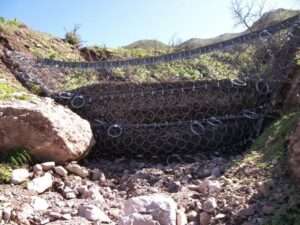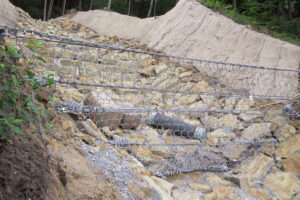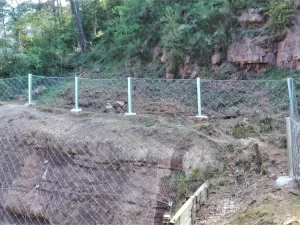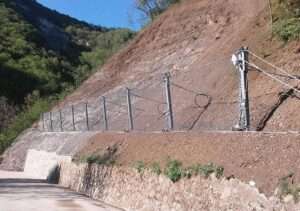Mountainous regions are often characterized by their stunning landscapes, rich biodiversity, and unique ecosystems. However, these areas also pose significant risks to infrastructure and human safety due to geological phenomena like rockfalls. Rockfalls occur when loose rocks or debris detach from steep slopes and tumble down, potentially damaging roads, railways, buildings, and other structures. To mitigate these hazards, engineers and planners have developed effective solutions, one of which is the implementation of rockfall barriers. This article explores how rockfall barriers protect infrastructure in mountainous regions, their types, and their significance.
Understanding Rockfall Hazards
Rockfalls are triggered by various factors, including weather conditions, geological processes, and human activities. Heavy rainfall, freeze-thaw cycles, and seismic activity can destabilize slopes, leading to rockfalls. These incidents can have dire consequences, especially in areas with significant human activity. Rockfalls can obstruct transportation routes, damage property, and pose a threat to lives. Therefore, safeguarding infrastructure in these regions is crucial for ensuring public safety and maintaining economic stability.
The Role of Rockfall Barriers
Rockfall barriers are engineered structures designed to intercept and mitigate the impact of falling rocks before they reach vulnerable infrastructure. They serve as a protective shield, reducing the risk of damage and injury. These barriers can be strategically placed along slopes, roads, and railways to provide effective protection against rockfalls.
Types of Rockfall Barriers
There are several types of rockfall barriers, each designed for specific conditions and levels of risk:
1. Flexible Barriers:
Made of steel mesh, these barriers absorb the energy of falling rocks and deflect them away from the protected area. Flexible barriers are particularly effective in areas with moderate rockfall risks and can be adjusted to accommodate different slope angles.
2. Rigid Barriers:
Constructed from reinforced concrete or steel, rigid barriers are designed to withstand high-impact forces from larger rockfalls. These barriers are ideal for areas with a high risk of significant rockfall events and provide a strong, permanent solution.
3. Rockfall Netting:
This type of barrier consists of mesh nets that can catch and retain smaller rocks before they gain enough momentum to cause damage. Rockfall netting is often used in conjunction with other barriers to enhance overall protection.
4. Catch Fences:
These are installed at the base of steep slopes to catch rocks that have already fallen. They are particularly useful in preventing rocks from rolling onto roads or railways.
5. Slope Stabilization:
In addition to barriers, slope stabilization techniques, such as soil nailing or vegetation planting, can reduce the likelihood of rockfalls occurring in the first place. These methods help to secure loose materials and improve the overall stability of the slope.
Benefits of Rockfall Barriers
1. Enhanced Safety:
By preventing rocks from reaching roads and infrastructure, rockfall barriers significantly reduce the risk of accidents and injuries.
2. Infrastructure Protection:
These barriers protect vital infrastructure such as highways, railways, and buildings, ensuring that transportation and economic activities can continue without disruption.
3. Cost-Effectiveness:
Investing in rockfall barriers can be more cost-effective than dealing with the aftermath of a rockfall, which may involve extensive repairs and restoration.
4. Environmental Considerations:
Modern rockfall barrier designs often incorporate environmentally friendly materials and methods, minimizing their impact on the surrounding ecosystem.
5. Aesthetic Integration:
Many rockfall barriers are designed to blend with the natural landscape, preserving the beauty of mountainous regions while providing safety.
Conclusion
Rockfall barriers are essential components of infrastructure protection in mountainous regions prone to rockfall hazards. By effectively intercepting falling rocks, these barriers safeguard human lives and vital infrastructure, allowing communities to thrive in the beauty of their natural surroundings. As climate change and human activities continue to impact geological stability, investing in robust rockfall protection systems will become increasingly important for maintaining safety and resilience in these vulnerable areas.







